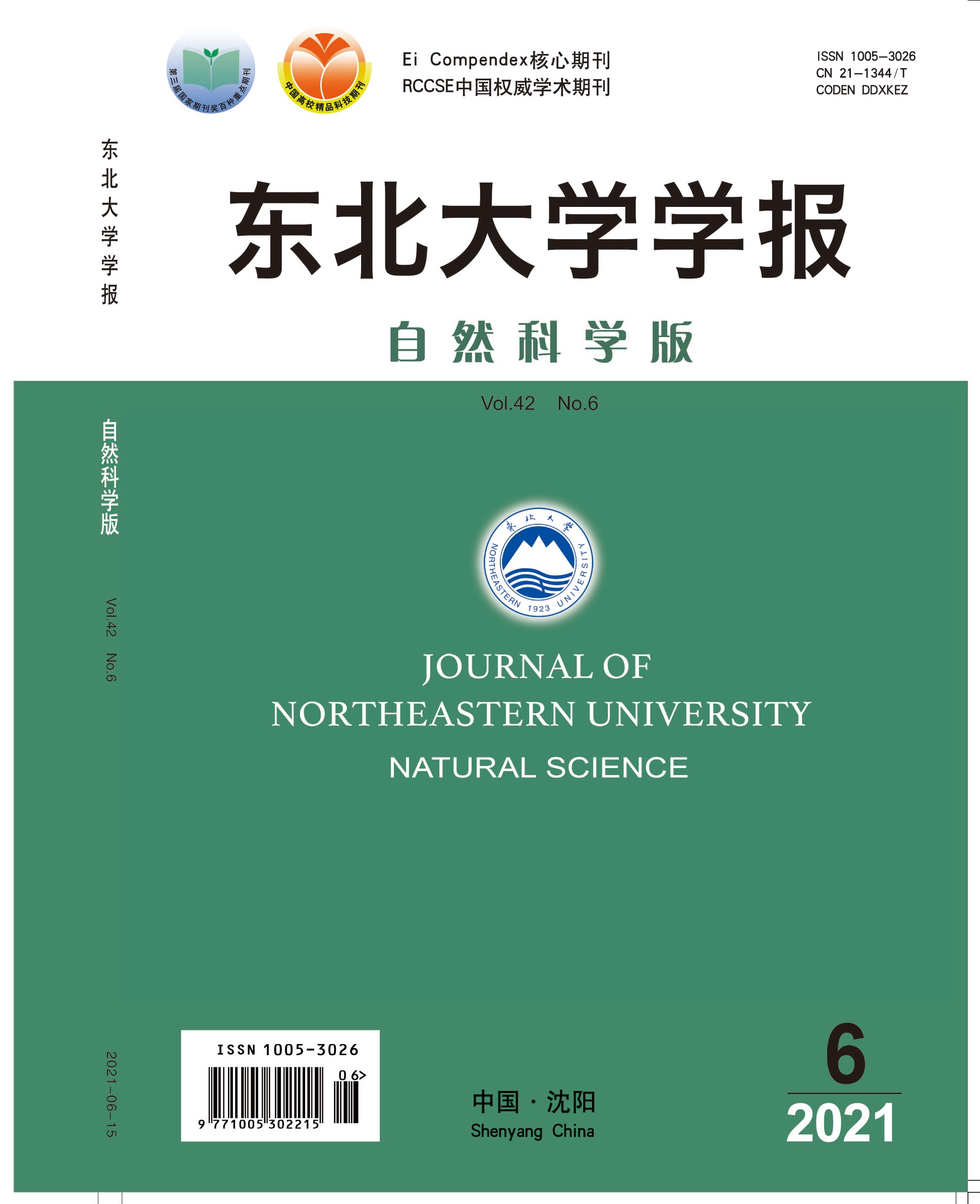|
Study on Seismic Performance of Rubber Concrete and Conventional Concrete Composite Pile
GAO Xing, JIA Jin-qing, WANG Wei-yu, ZHANG Li-hua
2021, 42 (6):
886-892.
DOI: 10.12068/j.issn.1005-3026.2021.06.019
In earthquake, the pile foundation is often damaged due to the insufficient bending moment resistance and excessive displacement. In order to improve the seismic performance of the pile foundation, a composite pile with rubber concrete at the top and conventional concrete at the bottom was developed. In order to analyze the seismic performance of composite piles, a drop hammer was used to simulate the earthquake source, and a full-scale field test was conducted on the composite piles. The results show that load on the pile top can enhance the seismic performance of the pile foundation. In the test, when the ratio of the rubber concrete pile length to the total pile length is less than 1/6, the depth of the load constraint effect is equal to the rubber concrete pile length. When the ratio of the rubber concrete pile length to the total pile length is more than 1/6, the depth of the load constraint effect is a constant of 1/6 of pile length. The damping effect of the rubber concrete pile is significant if the pile is close to the earthquake source, while it decreases with the increase of the distance from the seismic source, and the rubber concrete section of the pile no longer plays a role in the whole length. The fitting curve of the damping efficiency and the ratio of the rubber concrete pile length to the total pile length is S-shaped. During the seismic design, it is not suitable to continuously increase the length of the rubber concrete pile to improve the seismic performance of the pile.
References |
Related Articles |
Metrics
|

